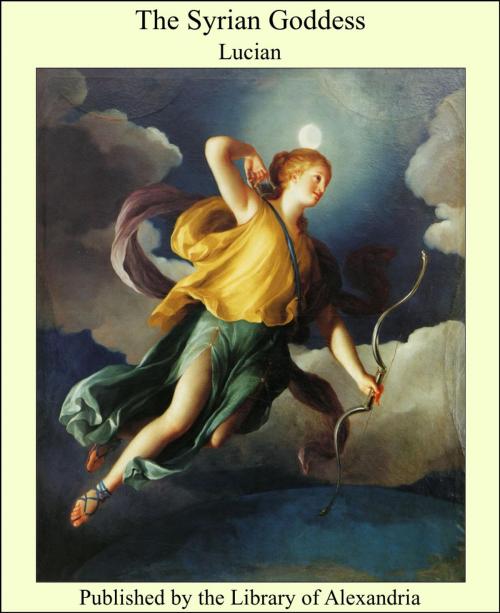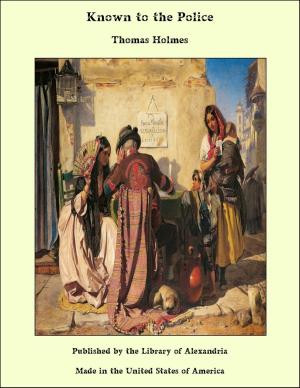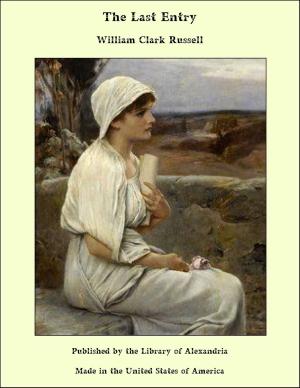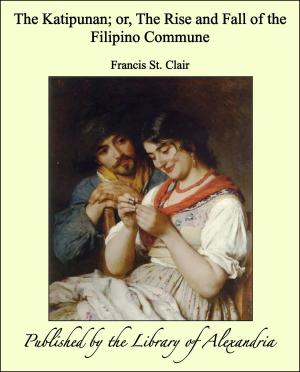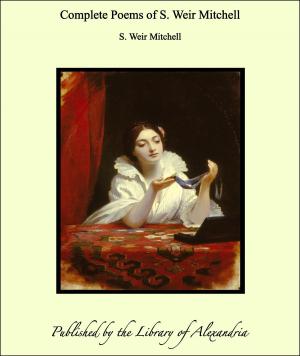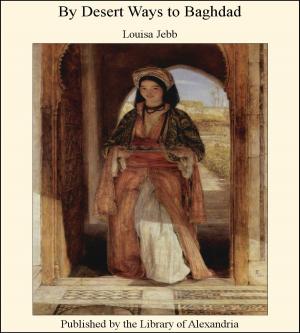| Author: | Lucian | ISBN: | 9781465536402 |
| Publisher: | Library of Alexandria | Publication: | March 8, 2015 |
| Imprint: | Language: | English |
| Author: | Lucian |
| ISBN: | 9781465536402 |
| Publisher: | Library of Alexandria |
| Publication: | March 8, 2015 |
| Imprint: | |
| Language: | English |
THE dawn of history in all parts of Western Asia discloses the established worship of a nature-goddess in whom the productive powers of the earth were personified. She is our MOther Earth, known Otherwise as the MOther Goddess or Great MOther. Among the Babylonians and northern Semites she was called Ishtar: she is the Ashtoreth of the Bible, and the Astarte of Phoenicia. In Syria her name was ‘Athar, and in Cilicia it had the form of ‘Ate (‘Atheh). At Hierapolis, with which we are primarily concerned, it appears in later Aramaic as Atargatis, a compound of the Syrian and Cilician forms. In Asia Minor, where the influence of the Semitic language did not prevail, her various names have not survived, though it is recorded by a later Greek writer as “Ma” at one of her mountain shrines, and as Agdistis amongst one tribe of the Phrygians and probably at Pessinus. These differences, however, are partly questions of local tongue; for in one way and another there was still a prevailing similarity between the essential attributes and worship of the nature-goddess throughout Western Asia. The “origins” of this worship and its ultimate development are not directly relevant to our present enquiry; but we must make passing allusion to a point of special interest and wide significance. As regards Asia Minor, at least, a theory that explains certain abnormal tendencies in worship and in legend would attribute to the goddess, in the primitive conception of her, the power of self-reproduction, complete in herself, a hypothesis justified by the analogy of beliefs current among certain states of primitive society. However that may be, a male companion is none the less generally associated with her in mythology, even from the earliest historical vision of Ishtar in Babylonia, where he was known as Tammuz.
THE dawn of history in all parts of Western Asia discloses the established worship of a nature-goddess in whom the productive powers of the earth were personified. She is our MOther Earth, known Otherwise as the MOther Goddess or Great MOther. Among the Babylonians and northern Semites she was called Ishtar: she is the Ashtoreth of the Bible, and the Astarte of Phoenicia. In Syria her name was ‘Athar, and in Cilicia it had the form of ‘Ate (‘Atheh). At Hierapolis, with which we are primarily concerned, it appears in later Aramaic as Atargatis, a compound of the Syrian and Cilician forms. In Asia Minor, where the influence of the Semitic language did not prevail, her various names have not survived, though it is recorded by a later Greek writer as “Ma” at one of her mountain shrines, and as Agdistis amongst one tribe of the Phrygians and probably at Pessinus. These differences, however, are partly questions of local tongue; for in one way and another there was still a prevailing similarity between the essential attributes and worship of the nature-goddess throughout Western Asia. The “origins” of this worship and its ultimate development are not directly relevant to our present enquiry; but we must make passing allusion to a point of special interest and wide significance. As regards Asia Minor, at least, a theory that explains certain abnormal tendencies in worship and in legend would attribute to the goddess, in the primitive conception of her, the power of self-reproduction, complete in herself, a hypothesis justified by the analogy of beliefs current among certain states of primitive society. However that may be, a male companion is none the less generally associated with her in mythology, even from the earliest historical vision of Ishtar in Babylonia, where he was known as Tammuz.
